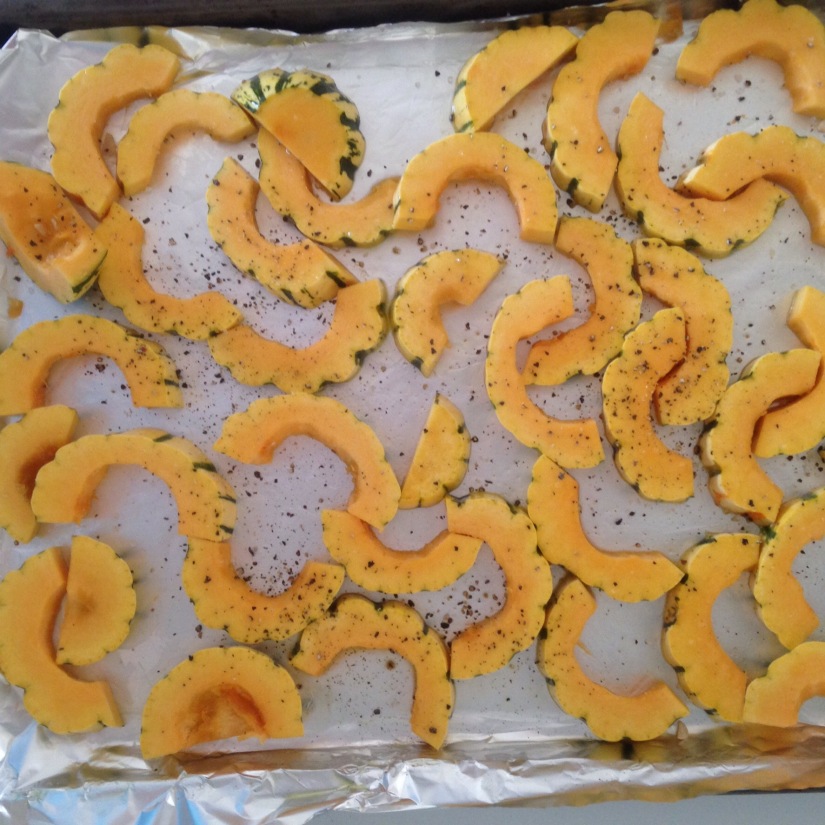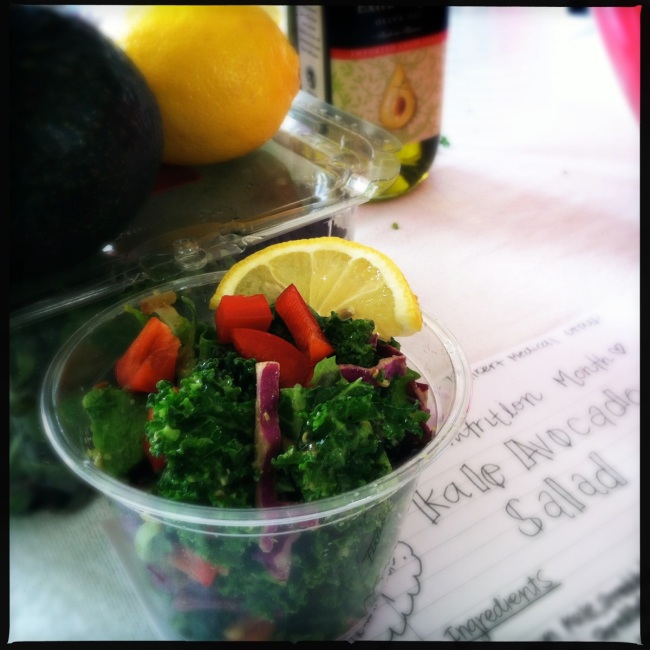
Roasted squash in the middle of August may not sound exactly tempting, but when I saw these squash at Whole Foods, I couldn’t resist. After cooking, the skin of the delicata squash softens and you can eat it! Meaning, no need to peel the skin, just trim and cook! I love anything that saves me an extra few minutes in the kitchen and so I braved the oven and got cooking.
What sets this recipe apart from other roasted squash is the to die for lemon tahini sauce! Tahini is one of the main ingredients when making hummus but this sesame seed paste is super versatile. It goes great in sauces and dressing to top pasta, vegetables, salad, and more. I love making a tahini dressing paired with a spinach salad and summer berries 🙂
Delicata squash is rich in beta carotene (which converts into Vitamin A). To help your body better absorb this valuable antioxidant, the addition of a healthy fat source (tahini sauce!) can help your body maintain it’s carotenoid and Vitamin A stores.

Roasted Delicata Squash with Lemon Tahini Sauce
Ingredients
- 4 delicata squash, de-seeded and cut into half circles
- 2 tsp olive oil
- salt and pepper, to taste
- 2 TBS tahini
- juice from half large lemon
- 2 TBS water
- 1 tsp herbs de provence
Directions
- Preheat oven to 400 degrees. Line a baking sheet with foil. Place cut squash in a single layer on baking sheet. Drizzle with olive oil and sprinkle with salt and pepper to taste. Stir squash with your hands to ensure they are evenly coated with olive oil and spices.
- Bake in oven for ~30 minutes until squash is softened and caramelized. Halfway through cooking, flip squash allowing them to cook evenly on both sides.
- While the squash is cooking, prep the tahini sauce. Add tahini, lemon juice, water, herbs de provence, and fresh cracked black pepper to a dish and whisk together with a fork to combine. I also added a drizzle of olive oil to bring the dressing together.
- Remove squash from the oven and drizzle with tahini sauce. Serve immediately.
- Dressing will last in the refrigerator in a mason jar for 3-5 days.

